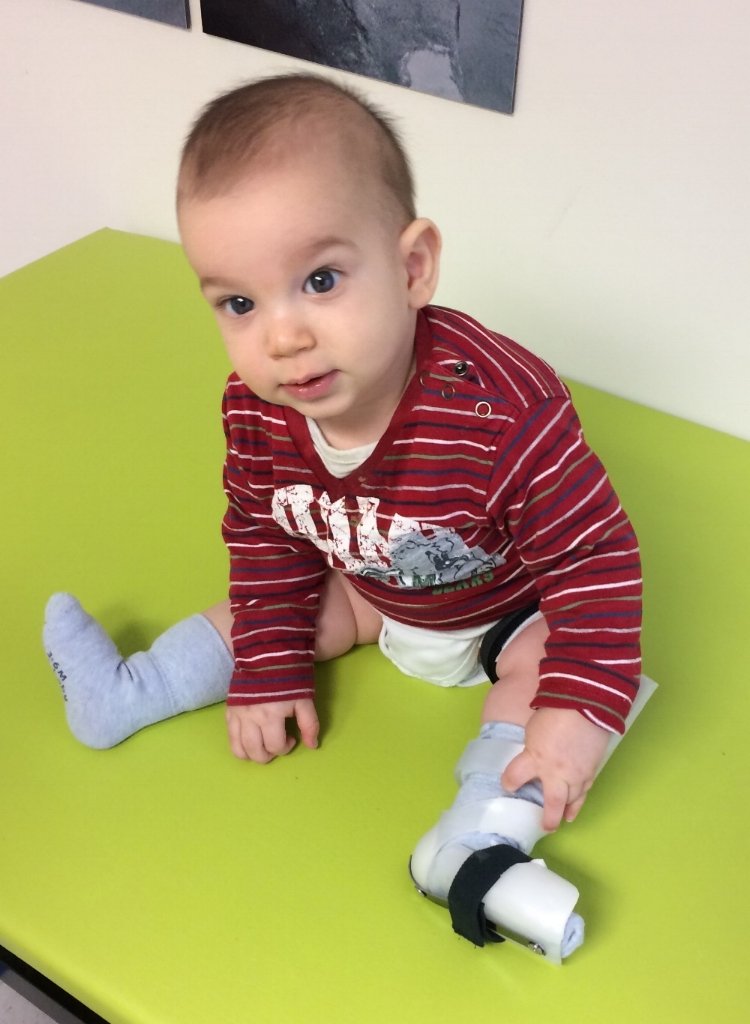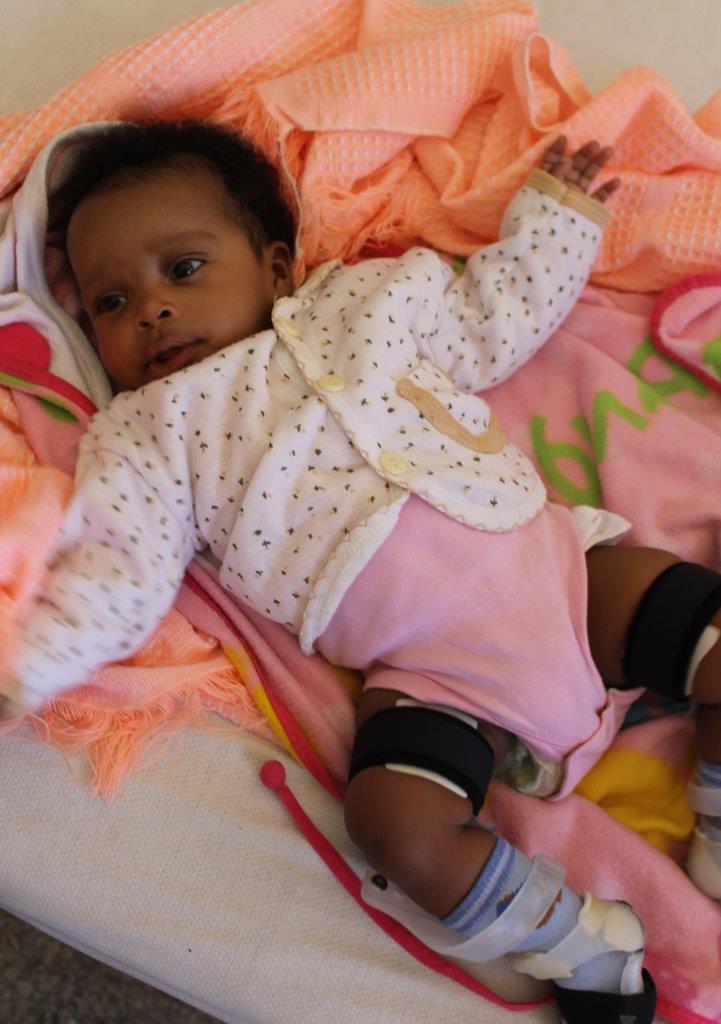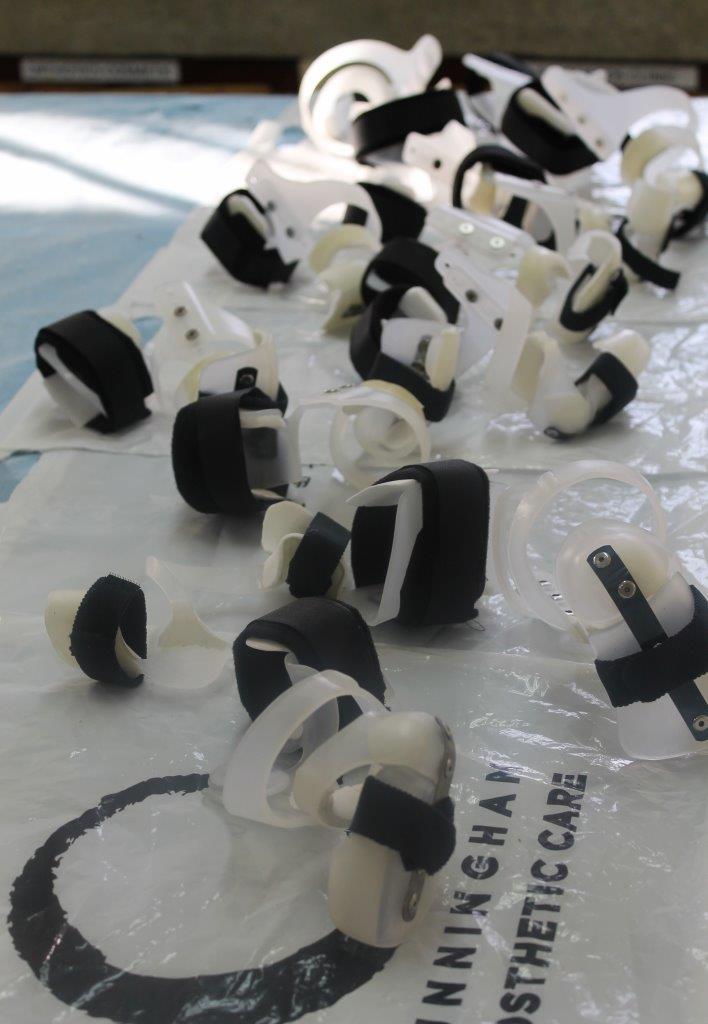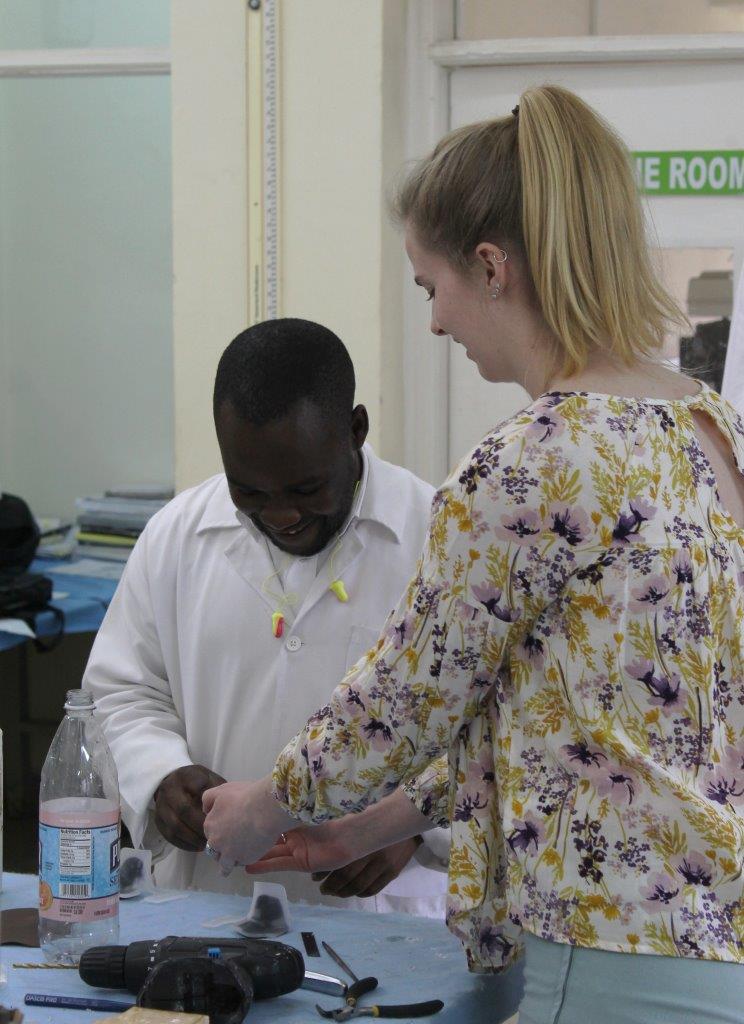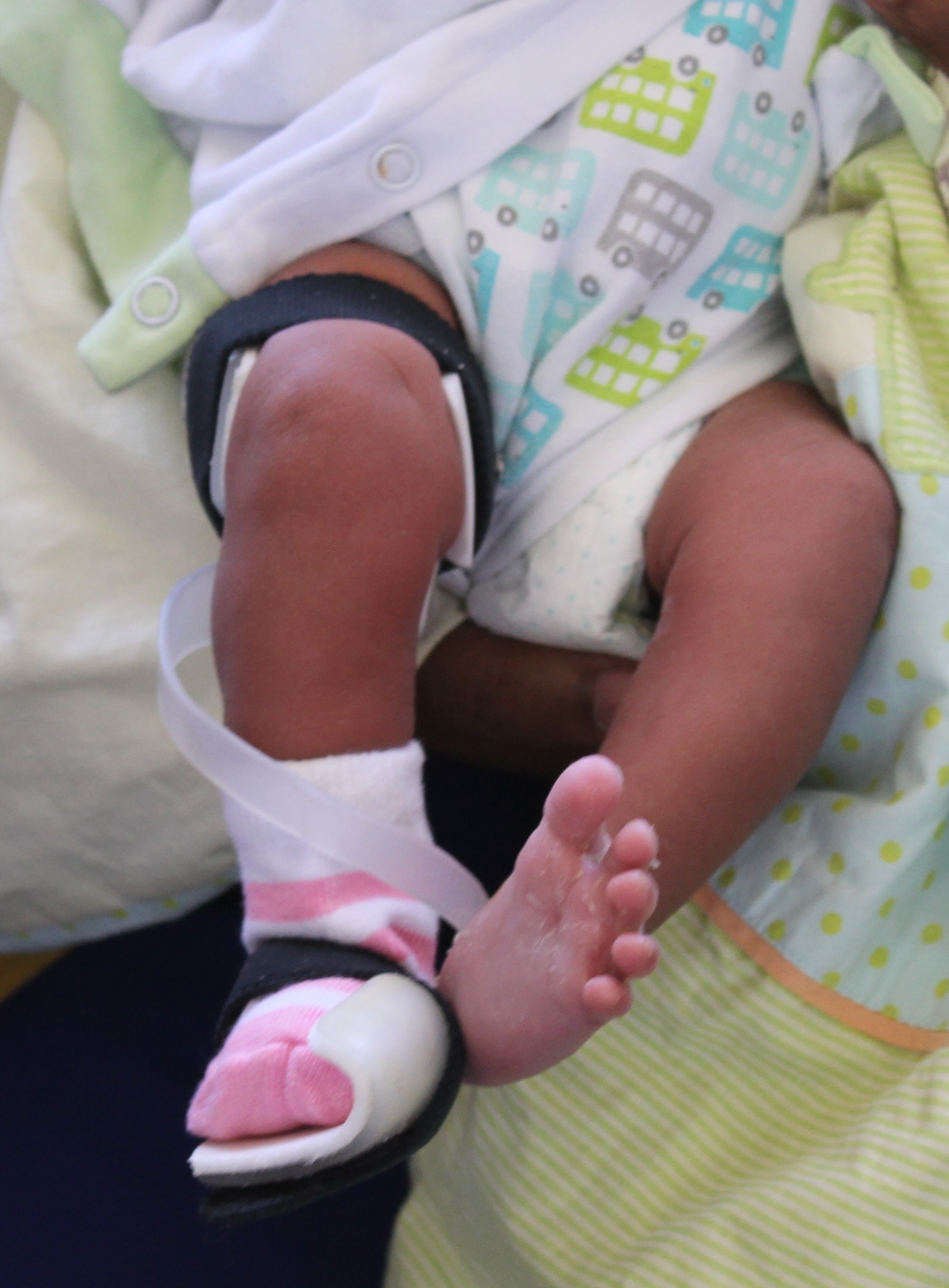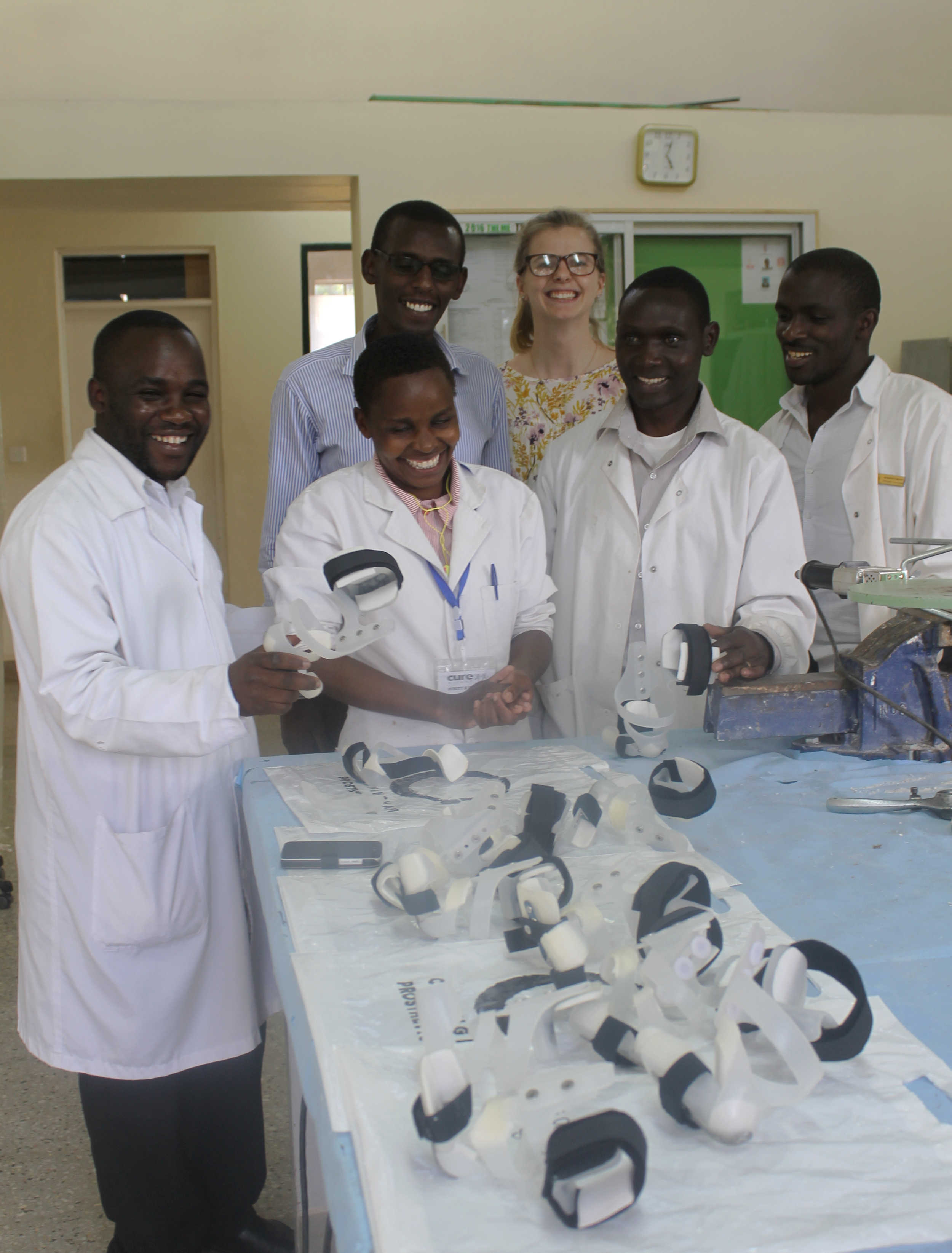Clubfoot Bracing
Clubfoot is a fairly common condition in newborns that occurs about once per 1,000 births in this country and even more frequently in some other areas. If not properly treated, clubfoot can have life-altering results. The good news is that although the foot looks significantly deformed it is actually just a soft-tissue problem. All the bones are there, they just need to be encouraged to return to the correct position. While your baby is young, there is a natural flexibility that we can take advantage of to get things back to where they belong.
Dr. Ponseti pioneered a very successful and widely practiced technique that progressively stretches the foot into a slightly better position and then casts it there for a week. The process is repeated over 6-8 weeks starting at birth and can often get the foot back to normal function and appearance.
At the end of the casting, it is critical to stabilize the foot or it can immediately start to move back in the wrong direction. As the baby grows it is important to continue to stretch and strengthen the foot to preserve and really optimize the return to normal function.
Probably the most typical brace used is the Denis Browne bar (or some variation of this approach). This involves putting the baby in special boots and attaching the shoes to a bar with the feet rotated outwards about shoulder width apart. Although many people are proponents of this approach, it can be tough on the child and the parents to deal with the feet being fixed to this bar. The baby wears the brace full time for 3-6 months and then during naps and night times for another 3-5 years. A study at the Texas Scottish Rite Hospital reported that about 1 out of every 4 of the babies treated with this approach relapsed.
Another well documented approach is the French Functional Technique that is a combination of stretching, taping and temporary splinting that has better outcomes reported than the bar but relies heavily on the parents being correctly trained and able to spend a great deal of time on providing this daily, ongoing therapy.
We have spent the past 15 years developing an alternative method of bracing called the Cunningham Clubfoot Brace (also known as the Dynamic Torsional KAFO or DTKAFO) that combines the best features of both approaches. It is basically a flexible brace that is only fitted to the affected leg and allows movement for all of the normal activities such as crawling, rolling, standing and even walking. The brace is always gently stretching the baby into the correct position though, so it is acting as though the therapist is always there manipulating and correcting the foot rather than fixing it rigidly in a pre-determined position. In the case of a unilateral (single) clubfoot, because each leg is treated independently, only the affected foot is involved.
X-ray evaluation of literally hundreds of feet in the brace has demonstrated that we are able to achieve active dorsiflexion of the ankle without creating any excessive force on the middle and front of the foot which might lead to a "rocker bottom" deformity.
Because the child is not restricted in any way, the brace is worn full time until the child is ready to walk; after that, it is used for nights and naps. This means that the child receives an additional 3,800 hours of treatment time during the formative, first year of life when the most progress can be made. This is 40% more time as compared to the boots and bar approach which doesn't include daytime wear after 3 months.
After a brief period of initialization, the baby is not even aware of the presence of the brace because it is so nonrestrictive. This really improves comfort for the child (and decreases stress for mom and dad!).
The result is a very effective treatment protocol with significantly improved compliance; feedback from parents who have used the brace has been overwhelmingly favorable and for those who began initially with the boots and bar, it has been downright enthusiastic.
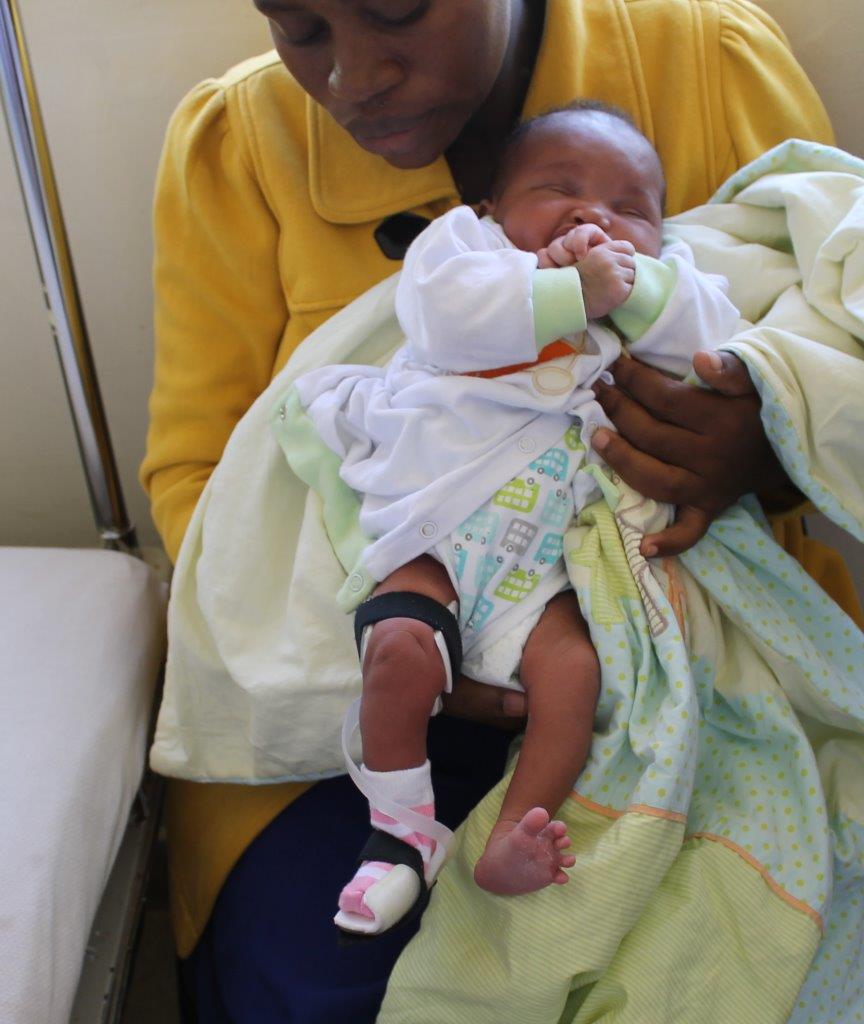
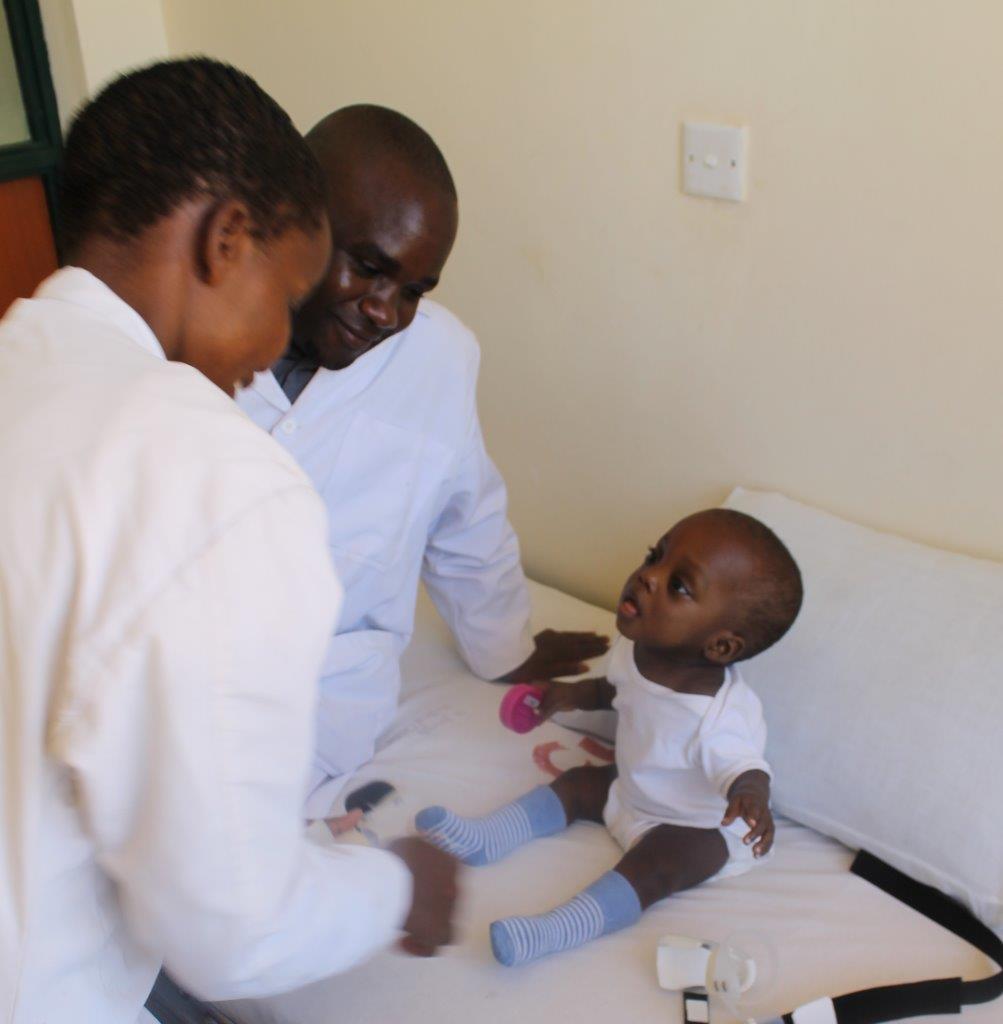
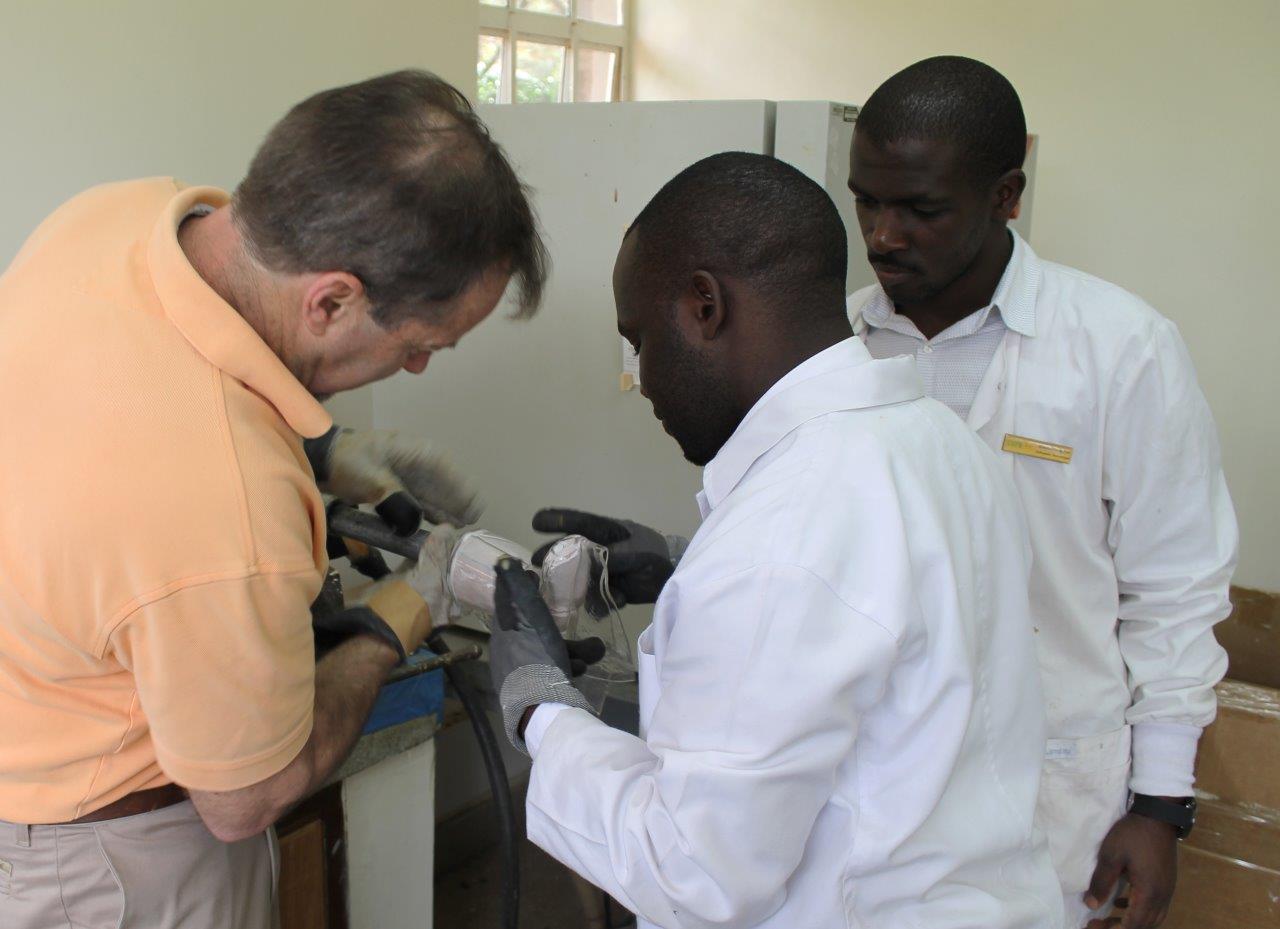
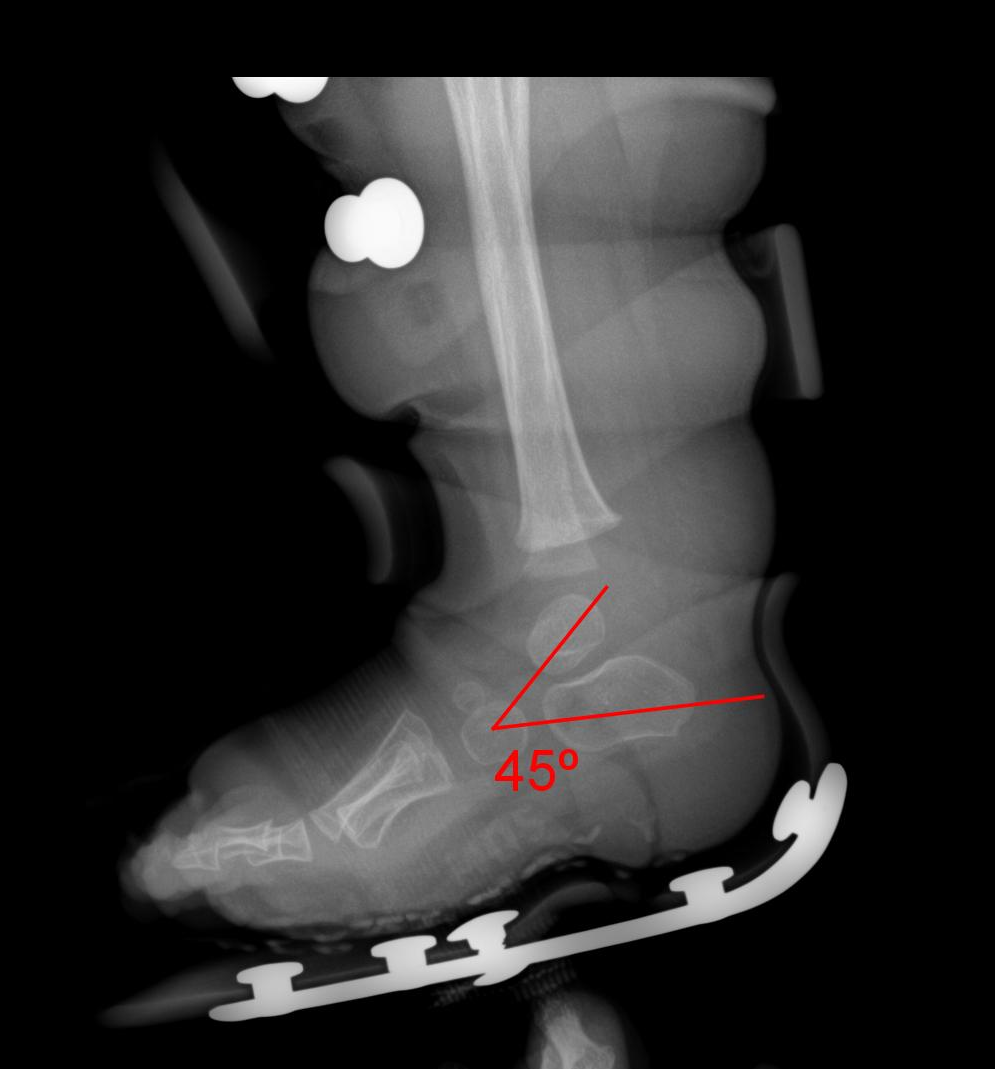
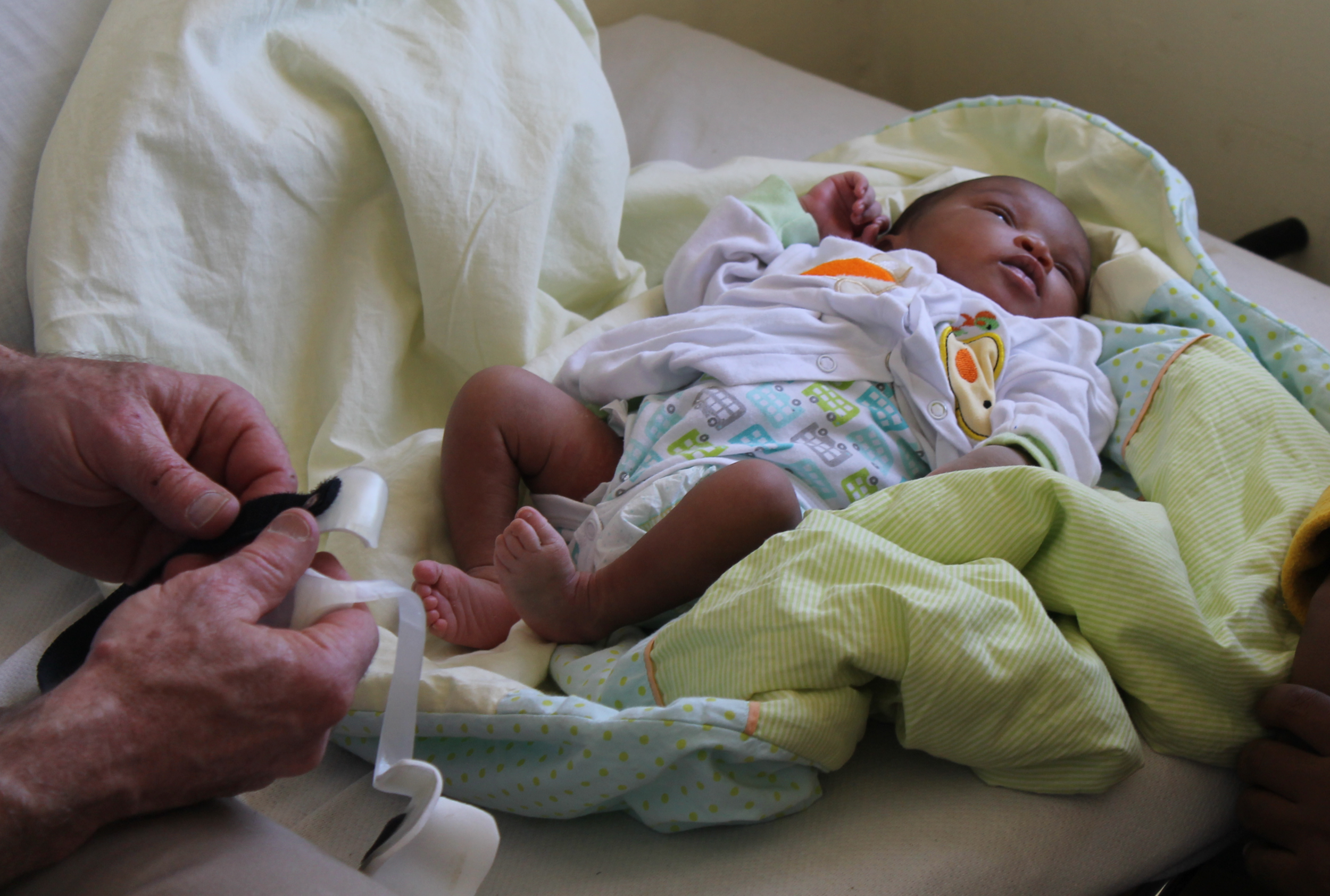
This unique brace is open-source without any patents or restrictions on its use. We have donated our time to work with CURE international to promote its use in Kenya with the goal of eventually teaching orthotists around the world to be able to use it for their patients. Our hope is that it will eventually provide a low-cost and reusable solution for babies born with this affliction in third world settings where there is little or no access to sophisticated orthopedic care.
Here are some additional resources:
Videos of the brace
National Library of Medicine: Published Study
Feature in O&P Edge Magazine, November 2016: Cunningham Prosthetic Care's Clubfoot bracing and trip to Kijabe
Press Release: Cunningham Prosthetic Care volunteers to bring clubfoot treatment to children in Kenya
Click to access a white paper on this brace prepared for clinicians.
Click to access a white paper on the Newborn brace that we are developing.
Click to visit our colleagues at the London Orthotic Consultancy

